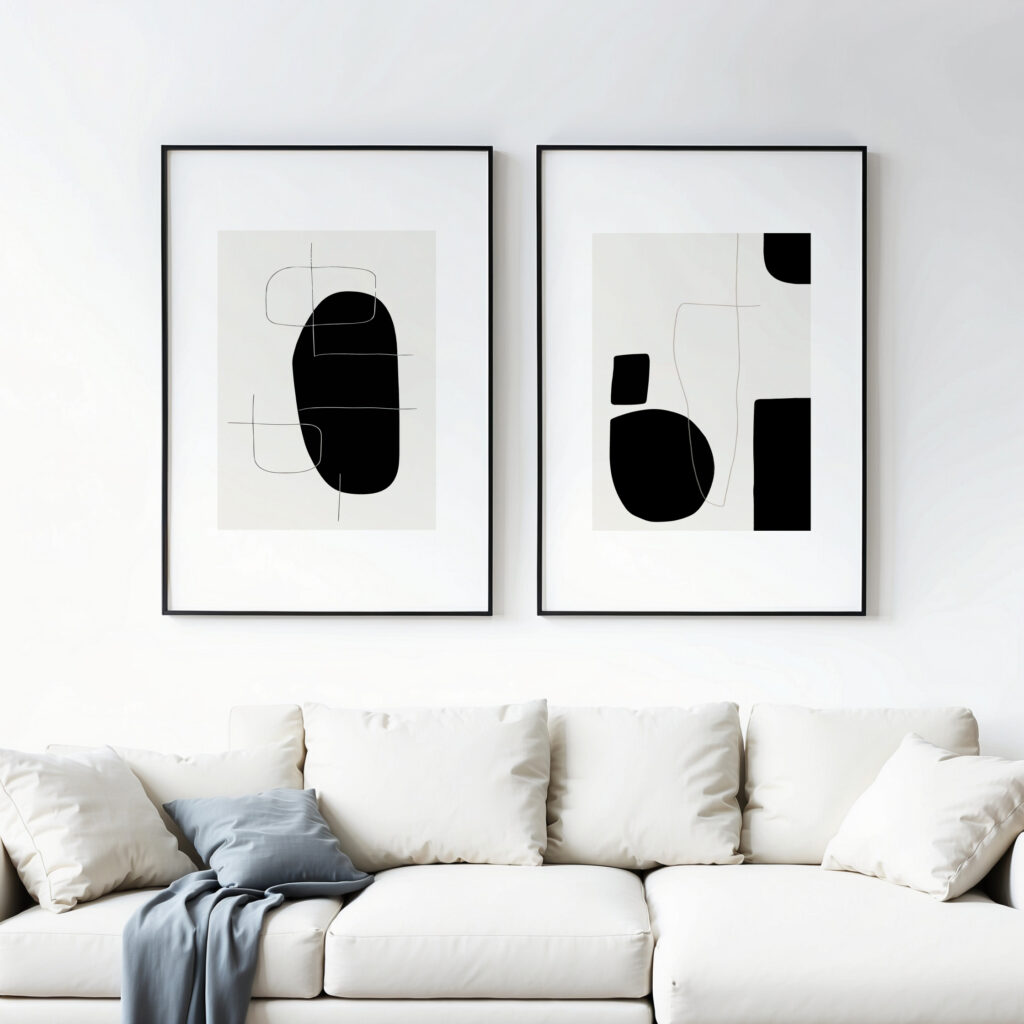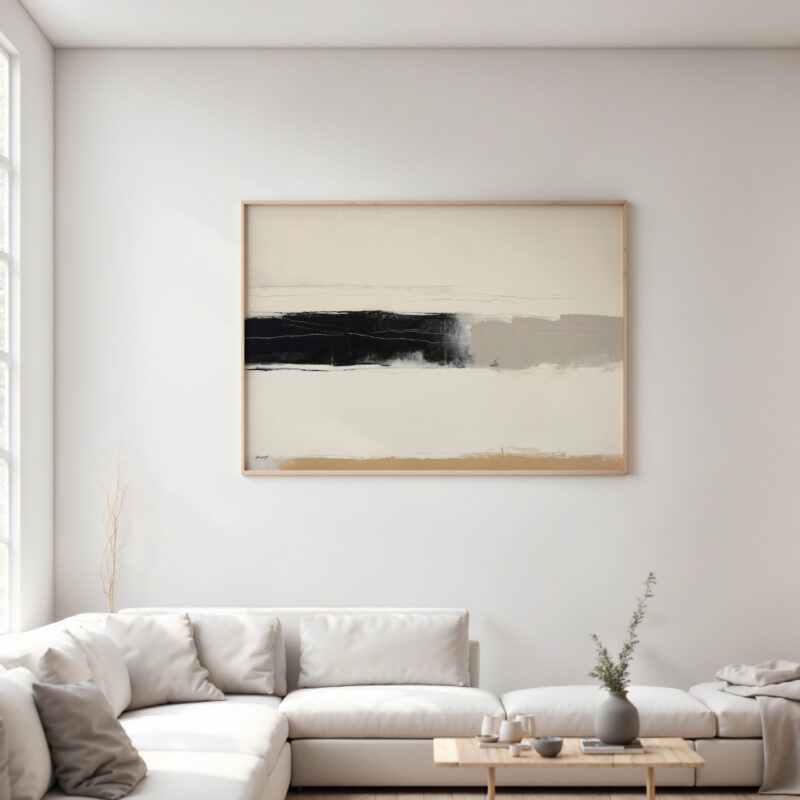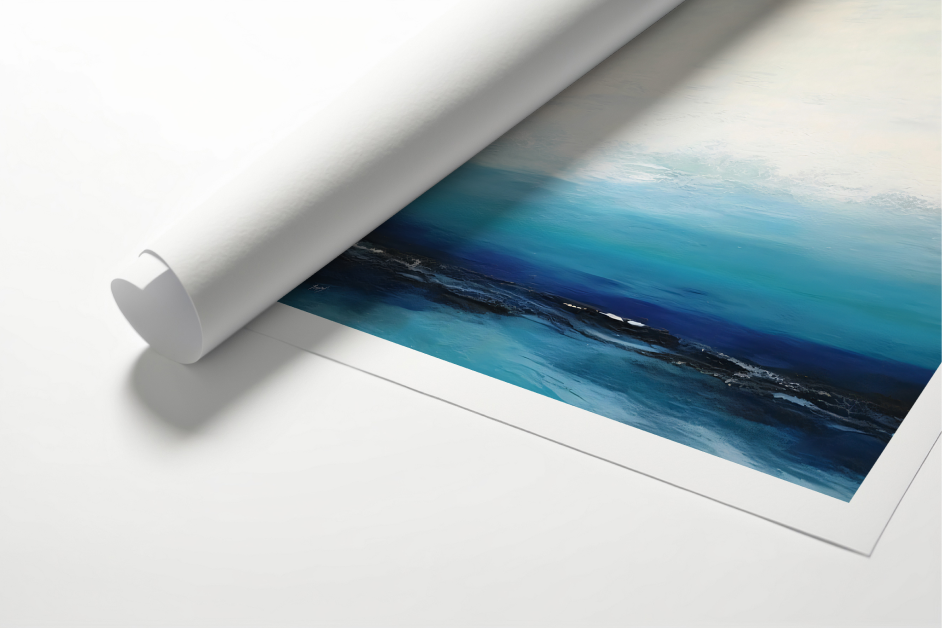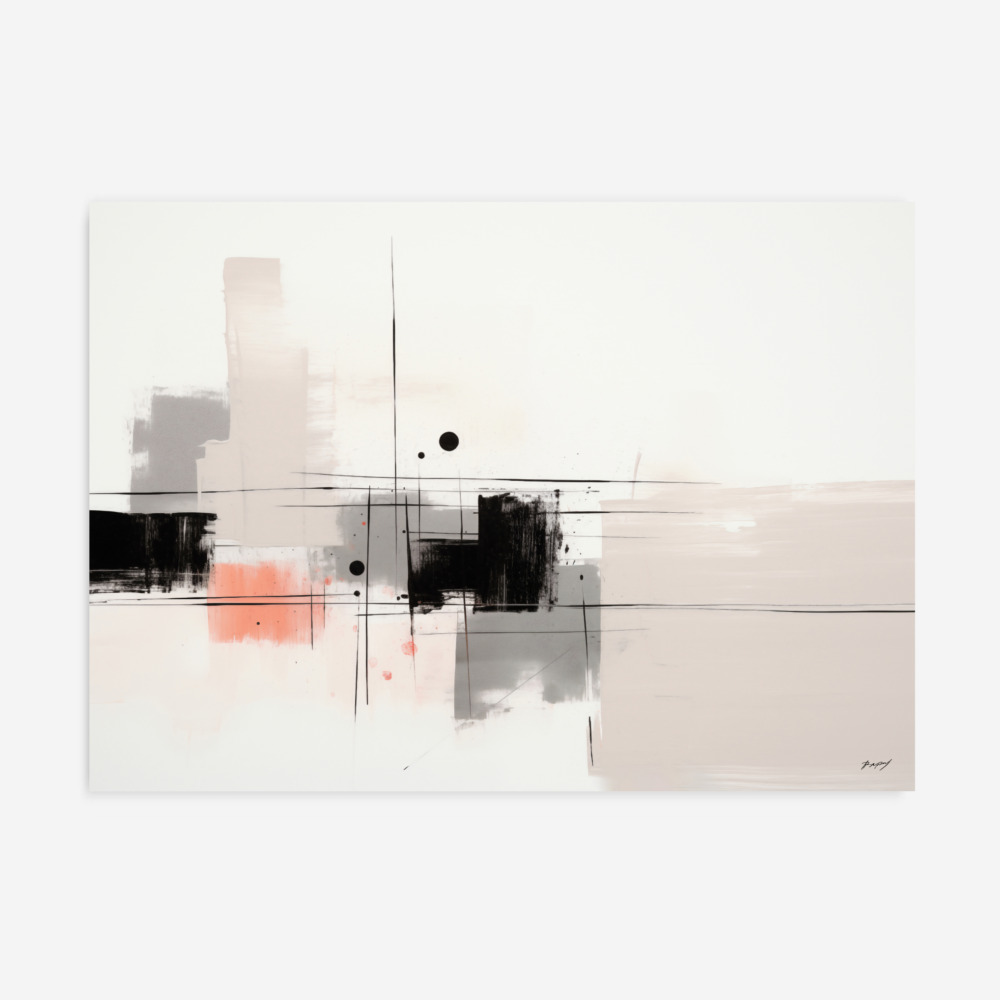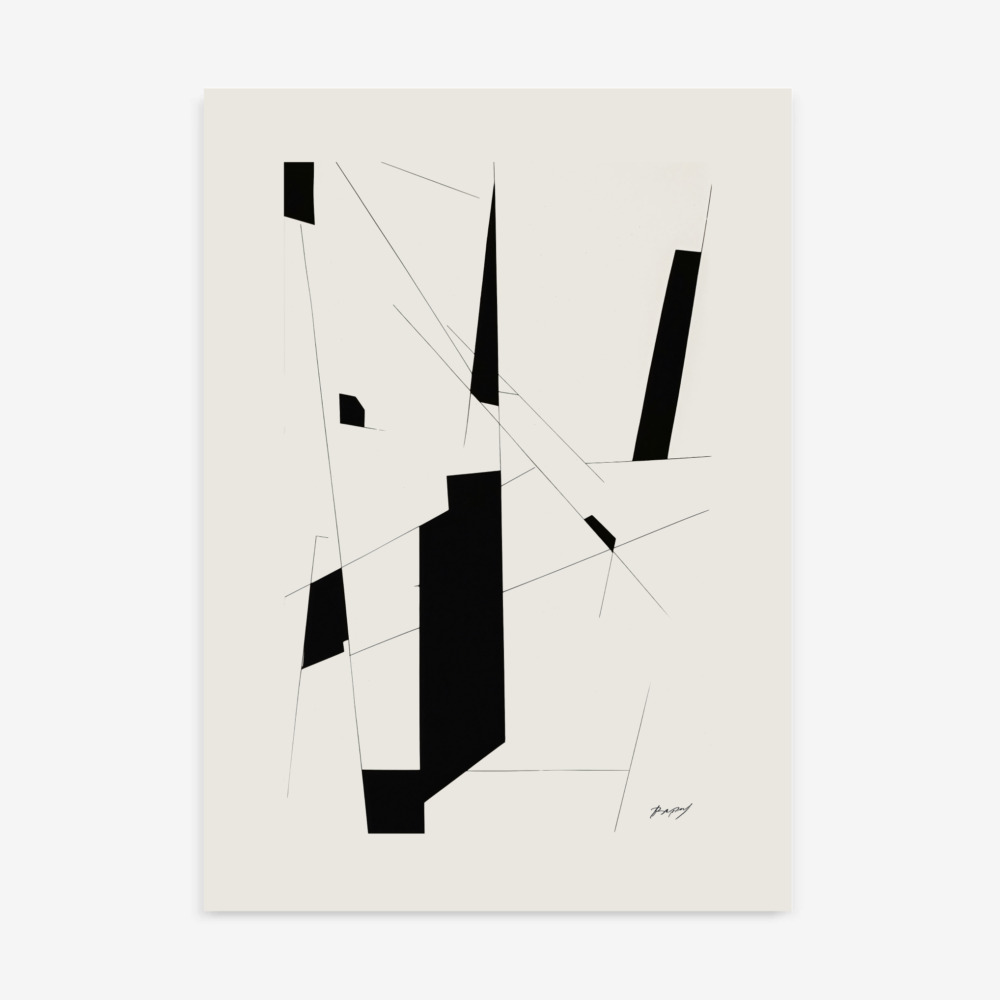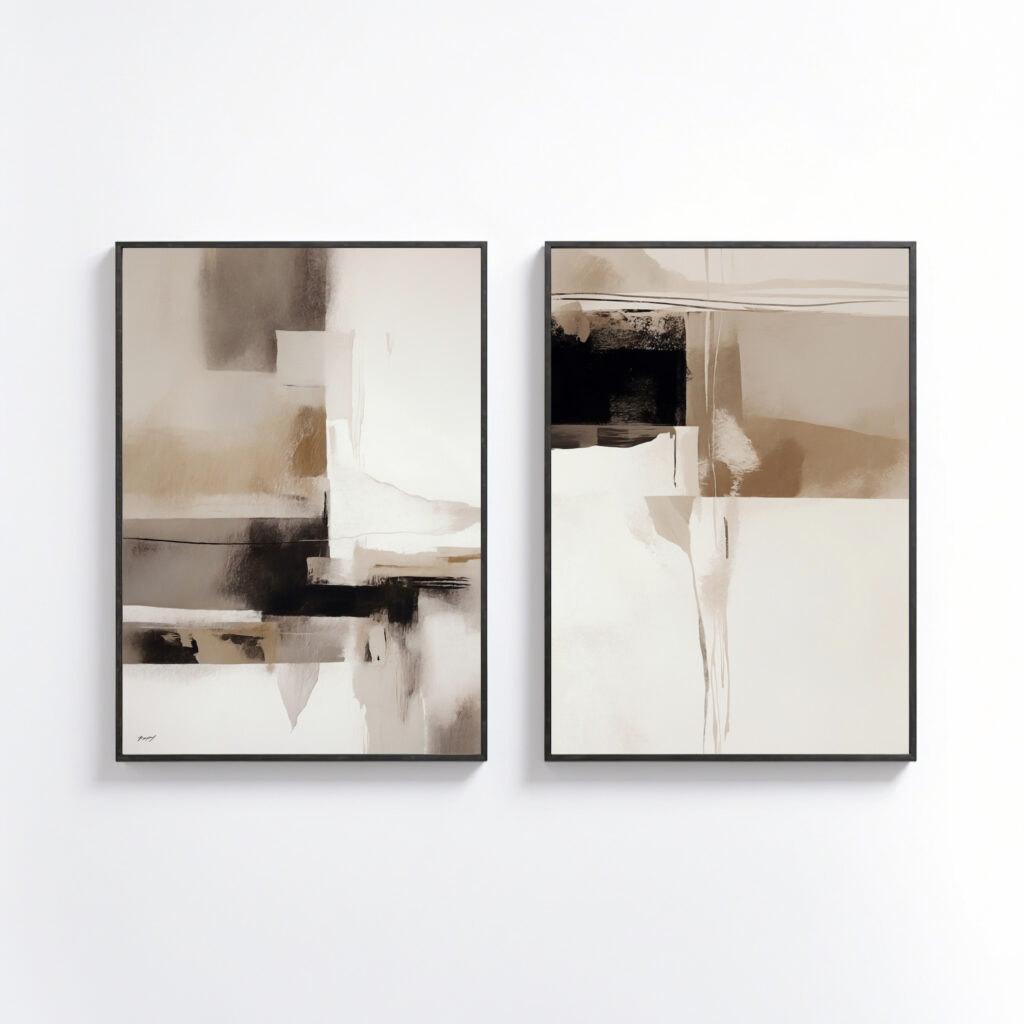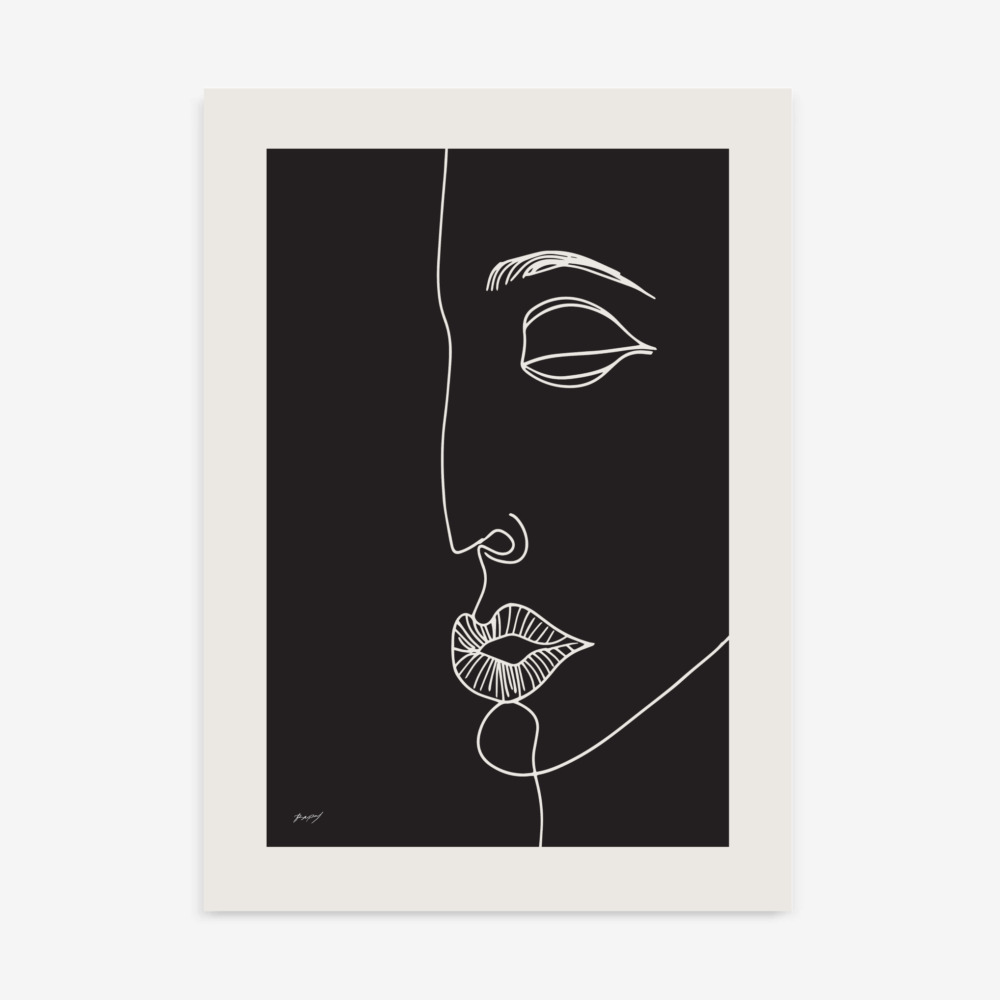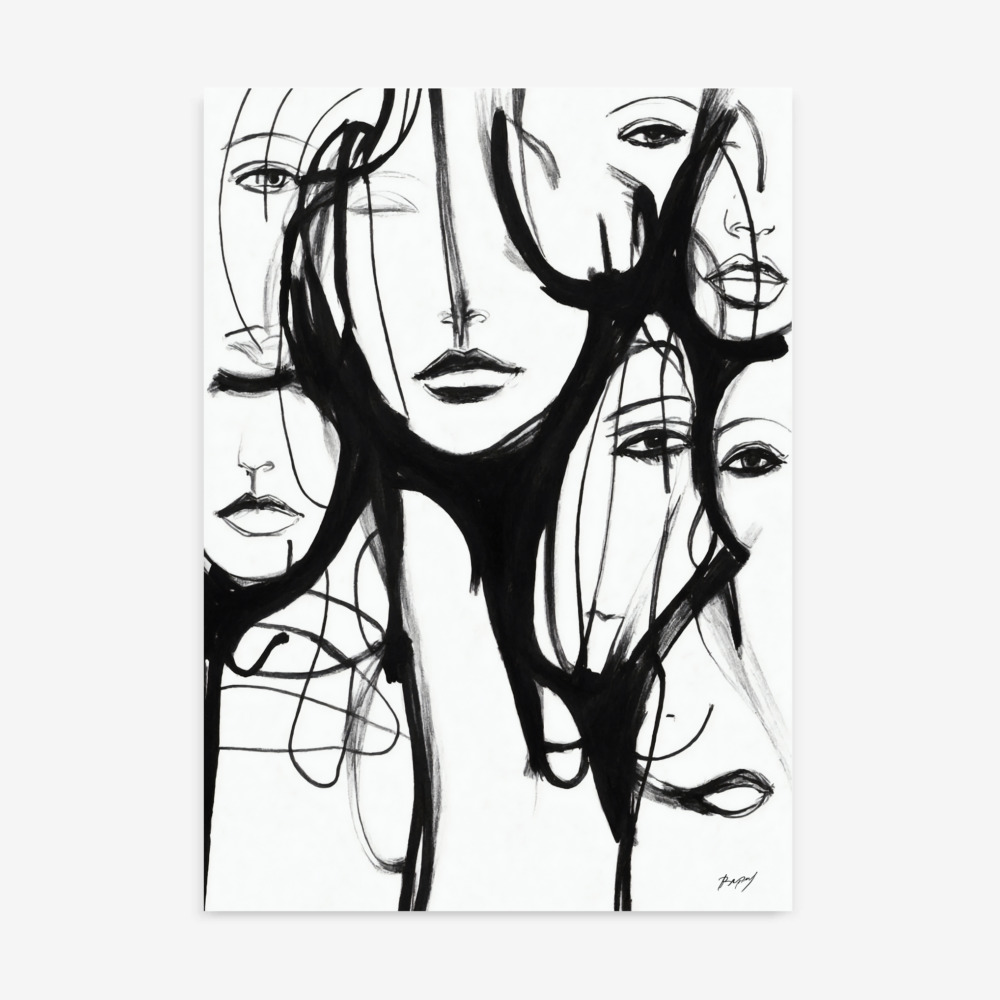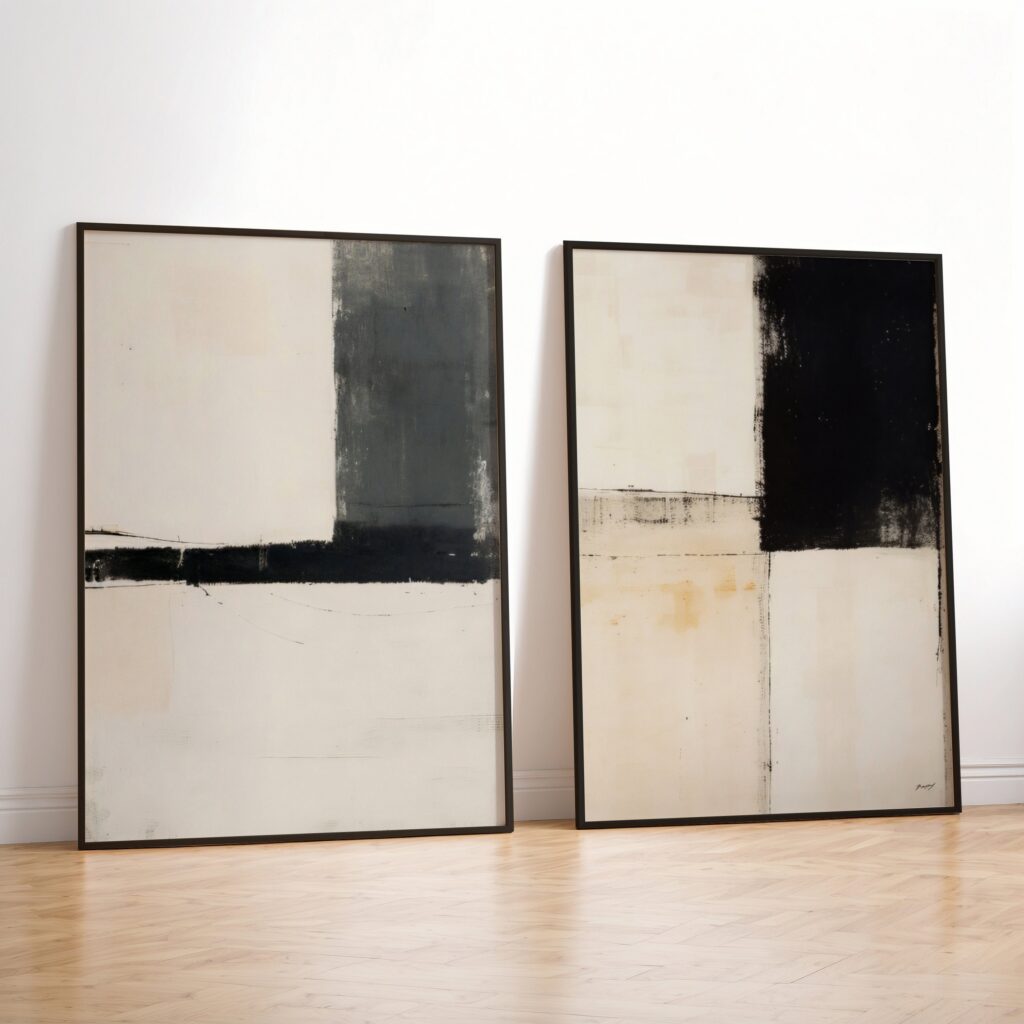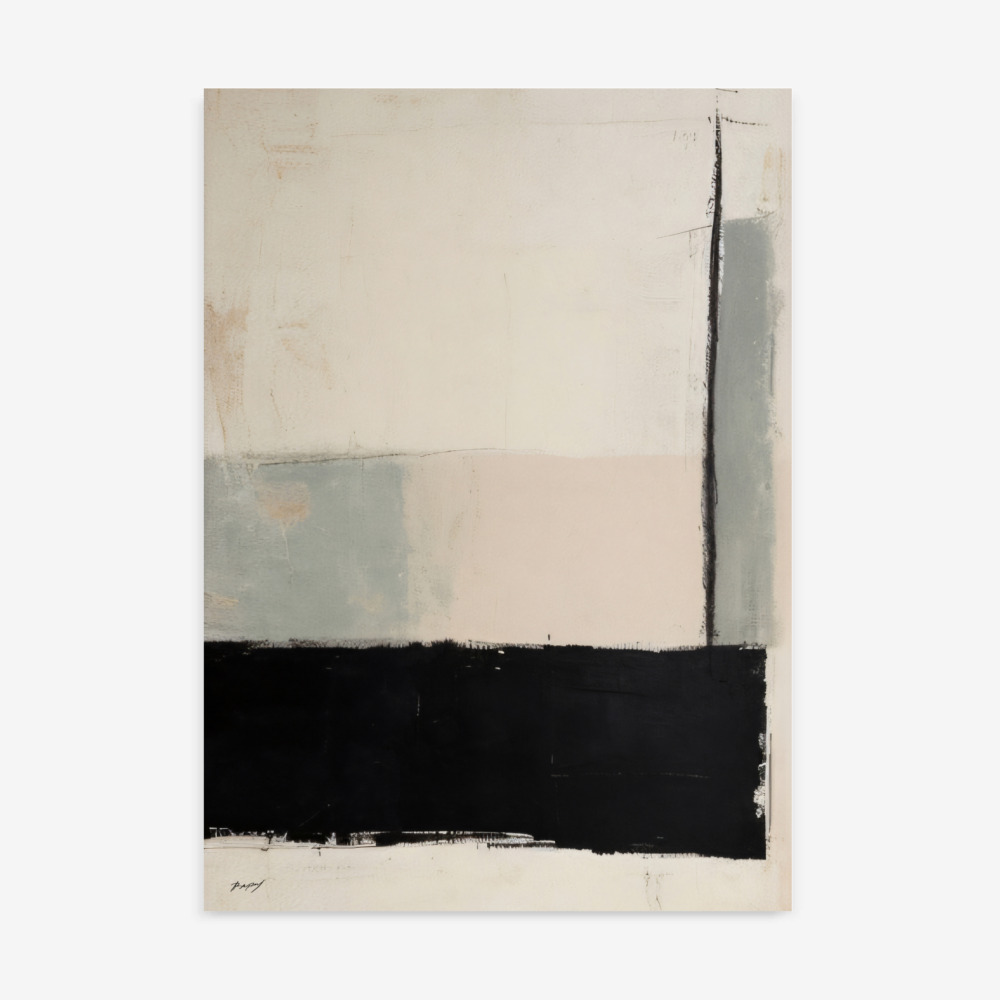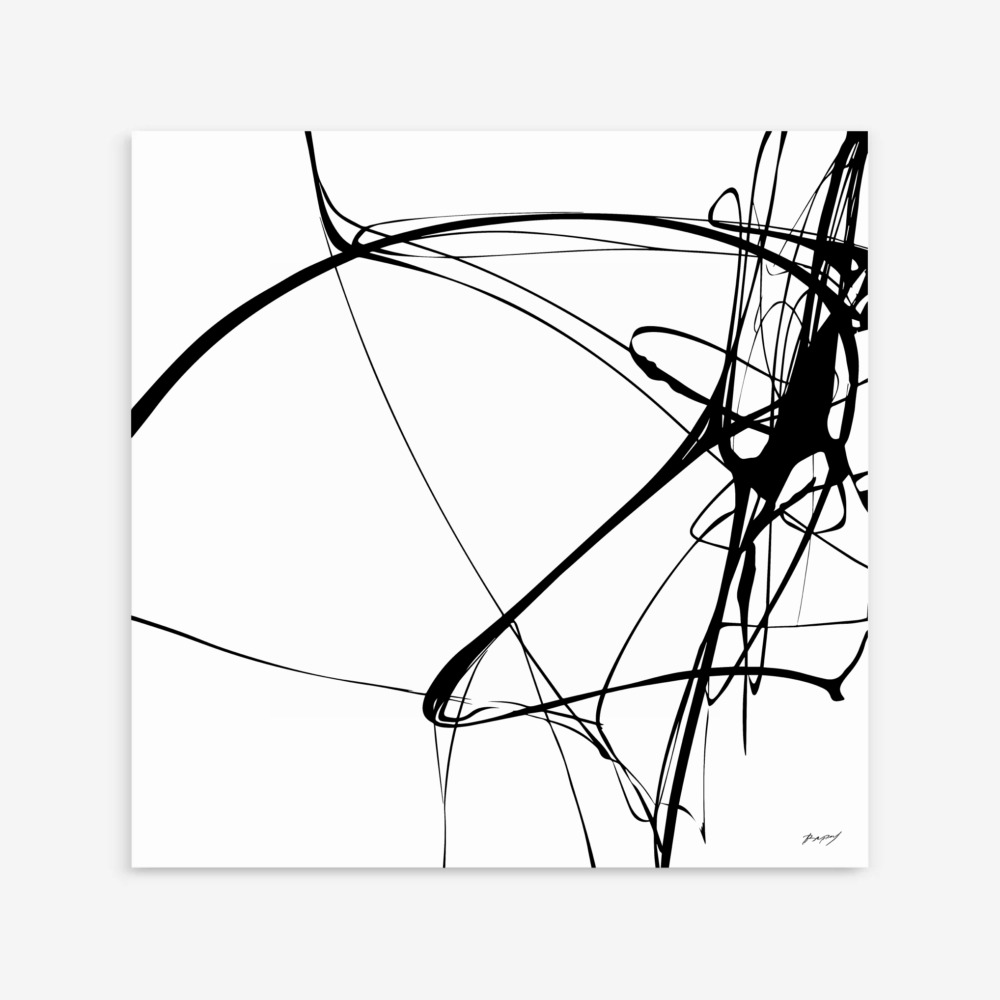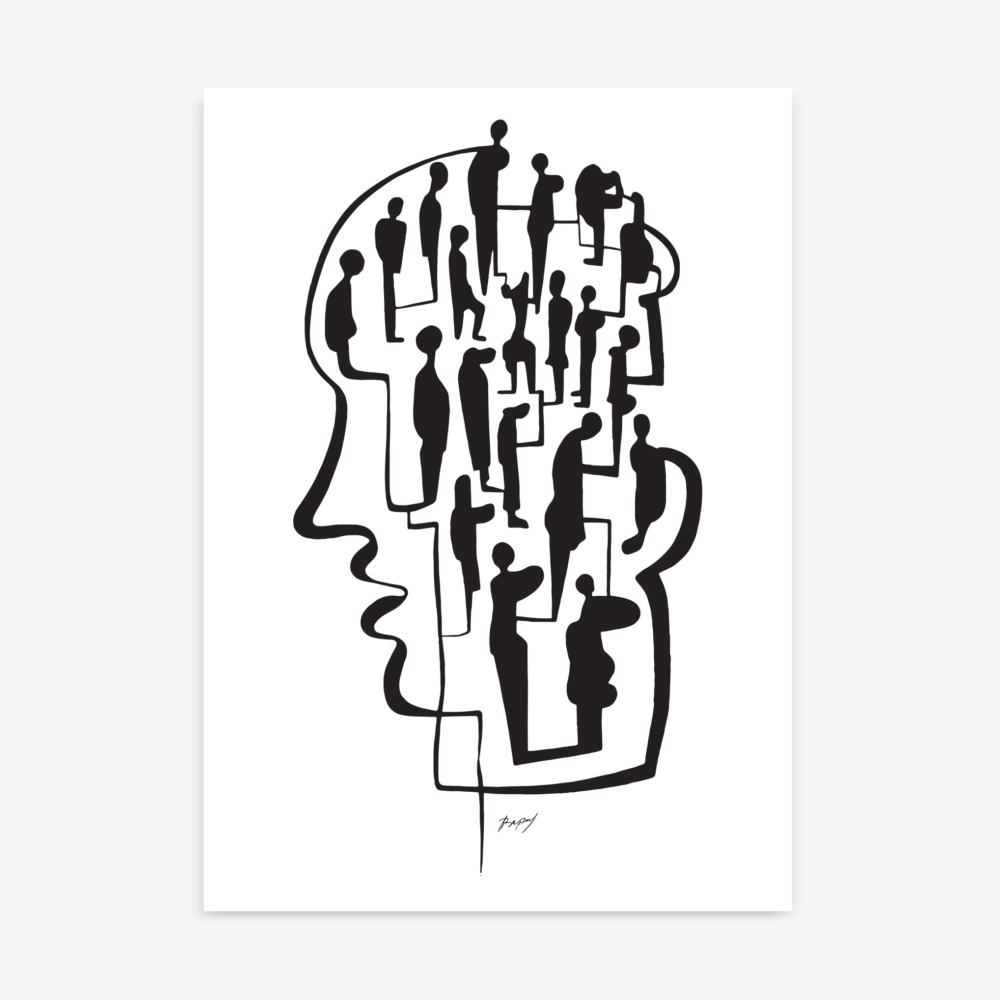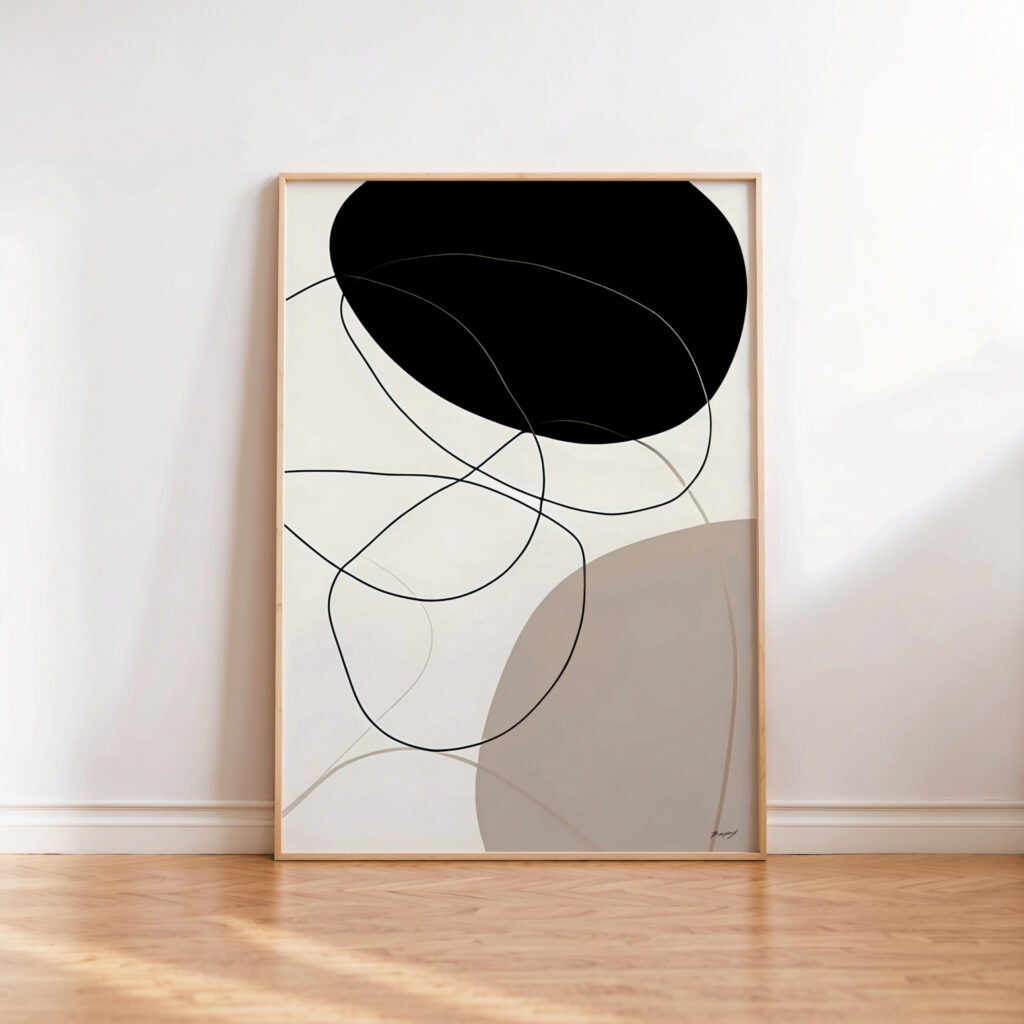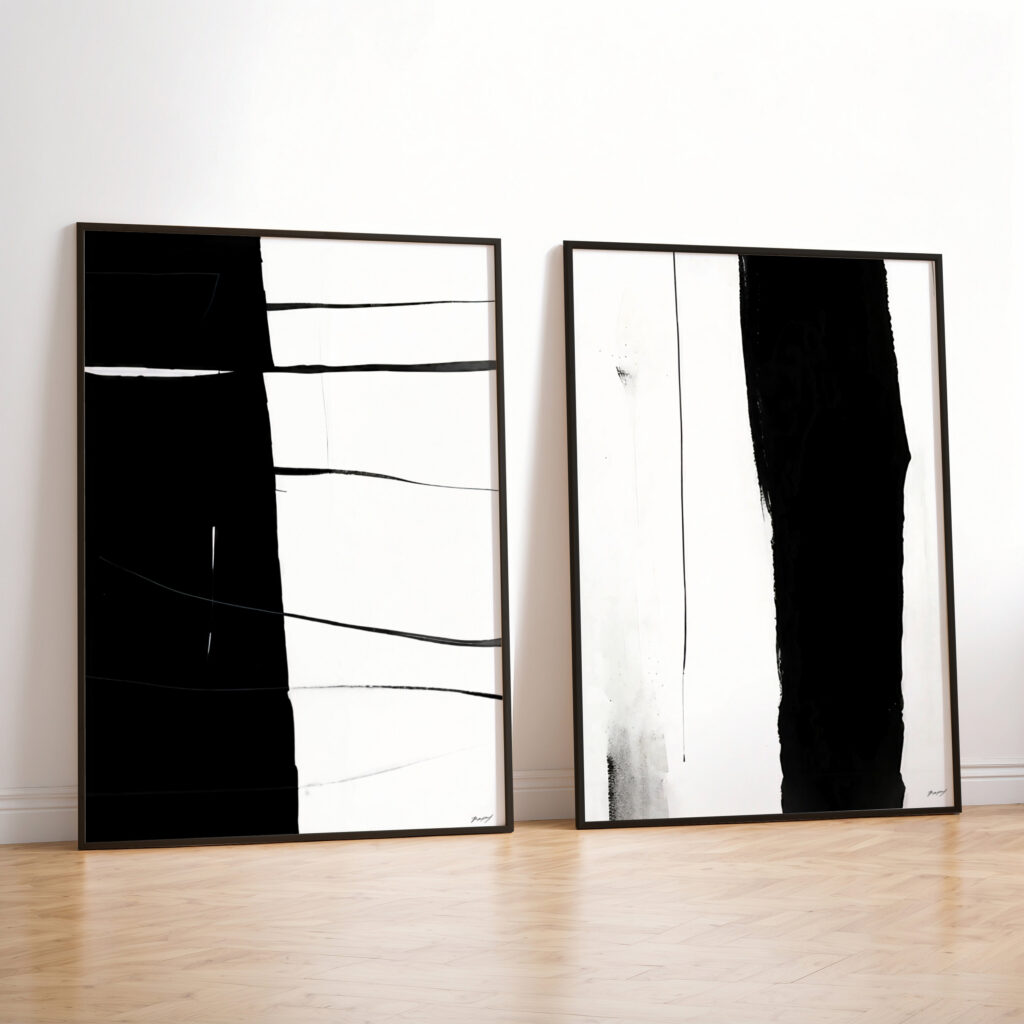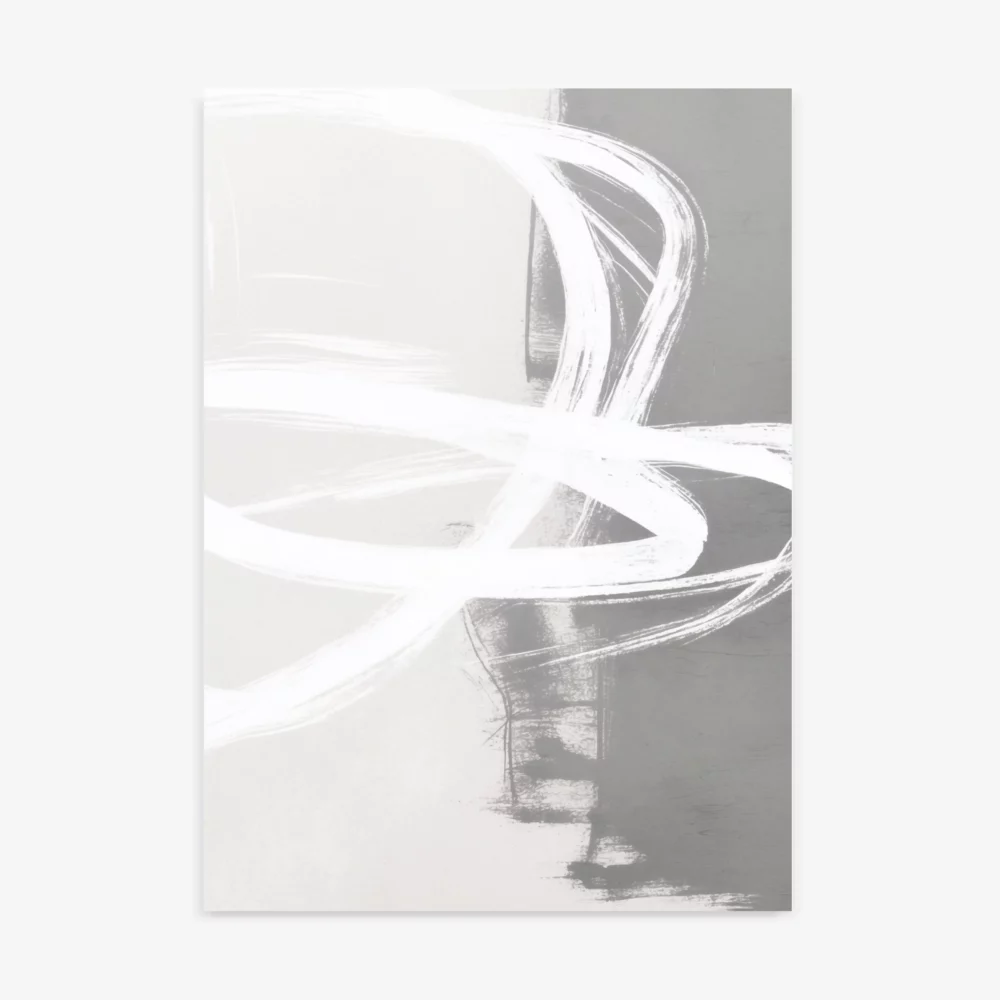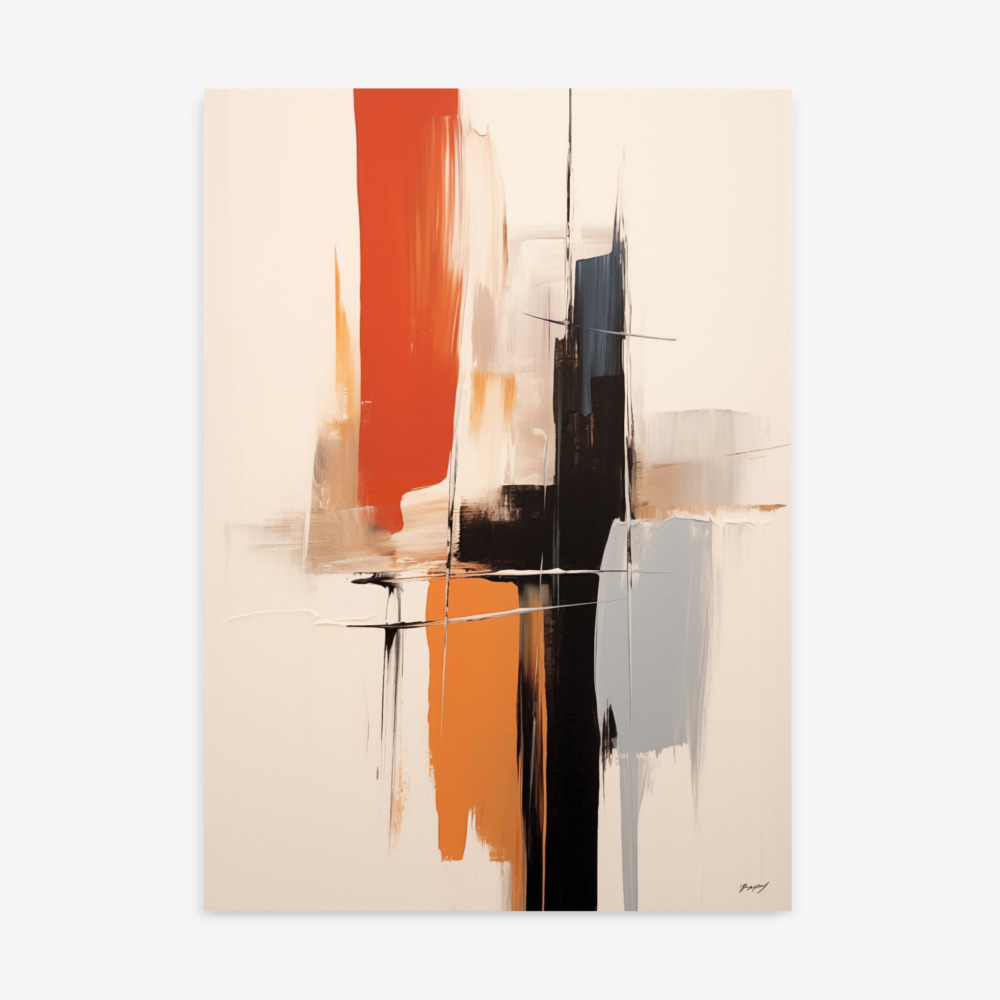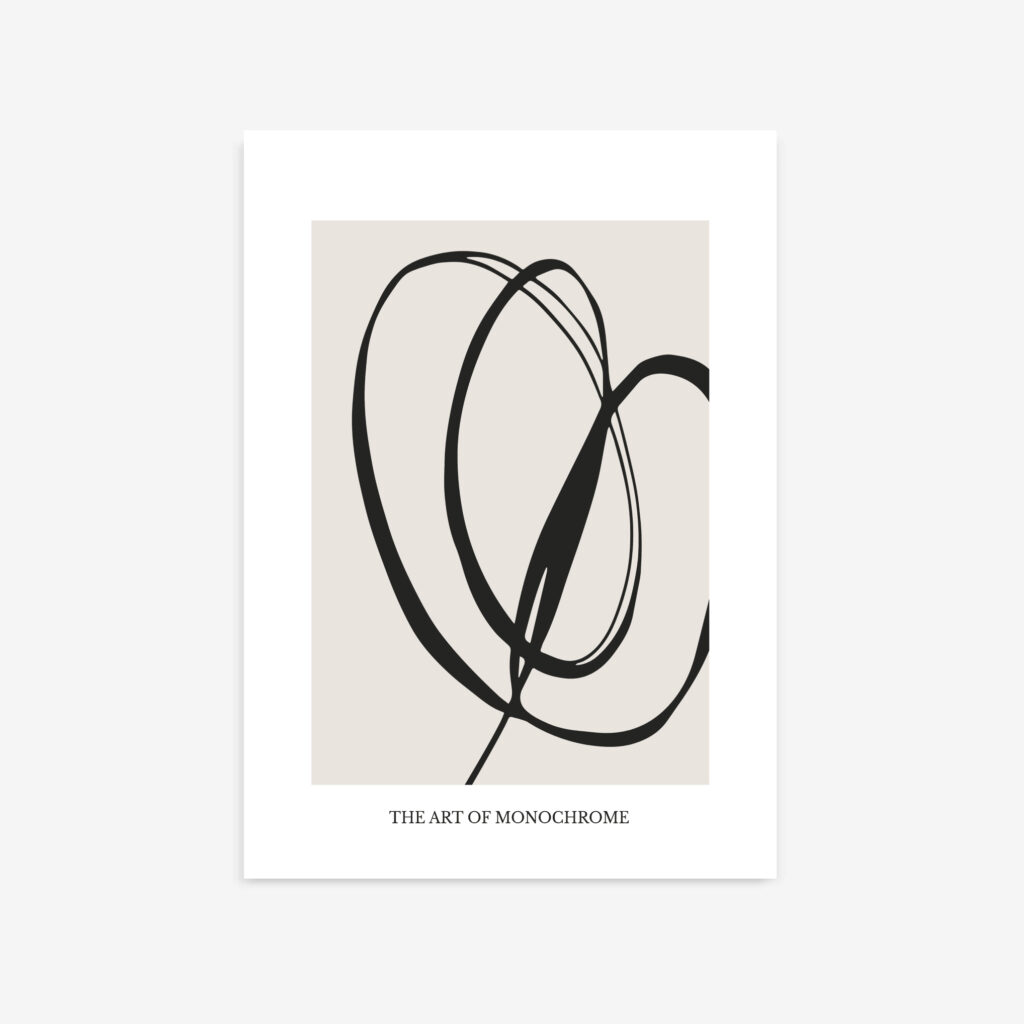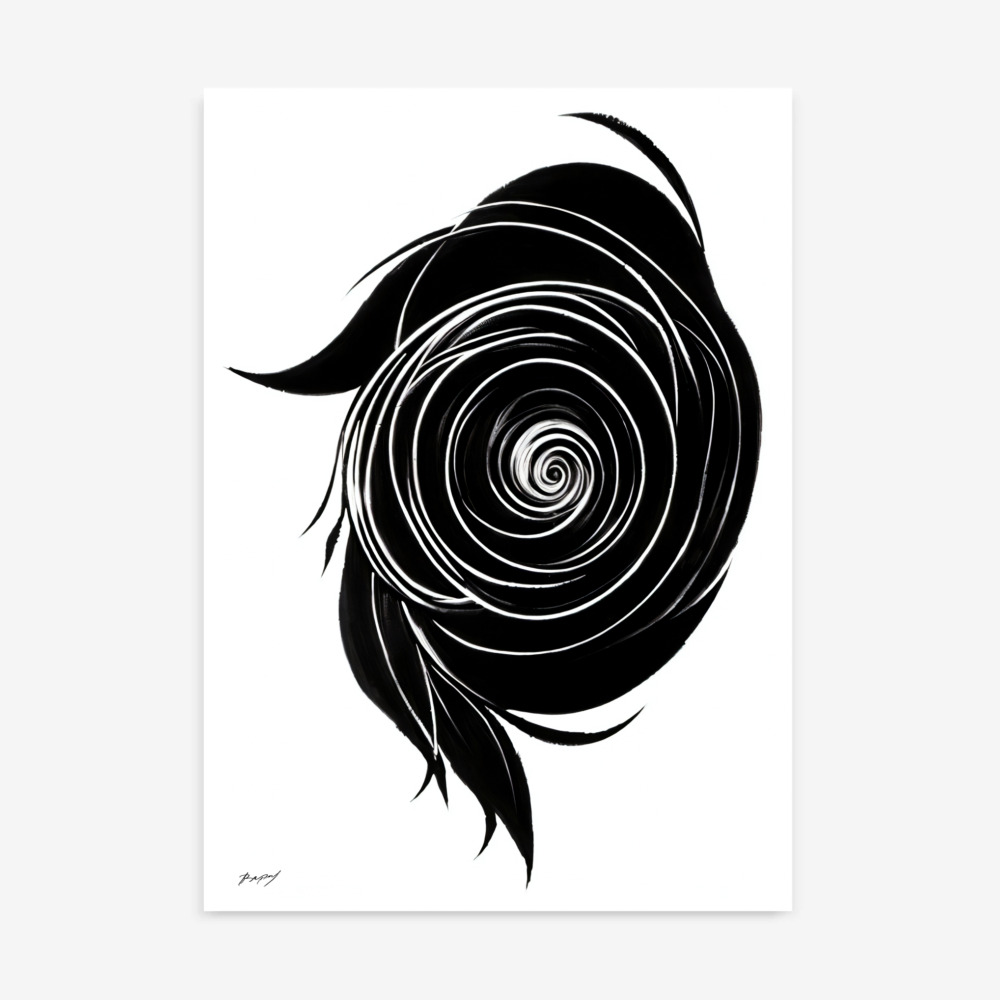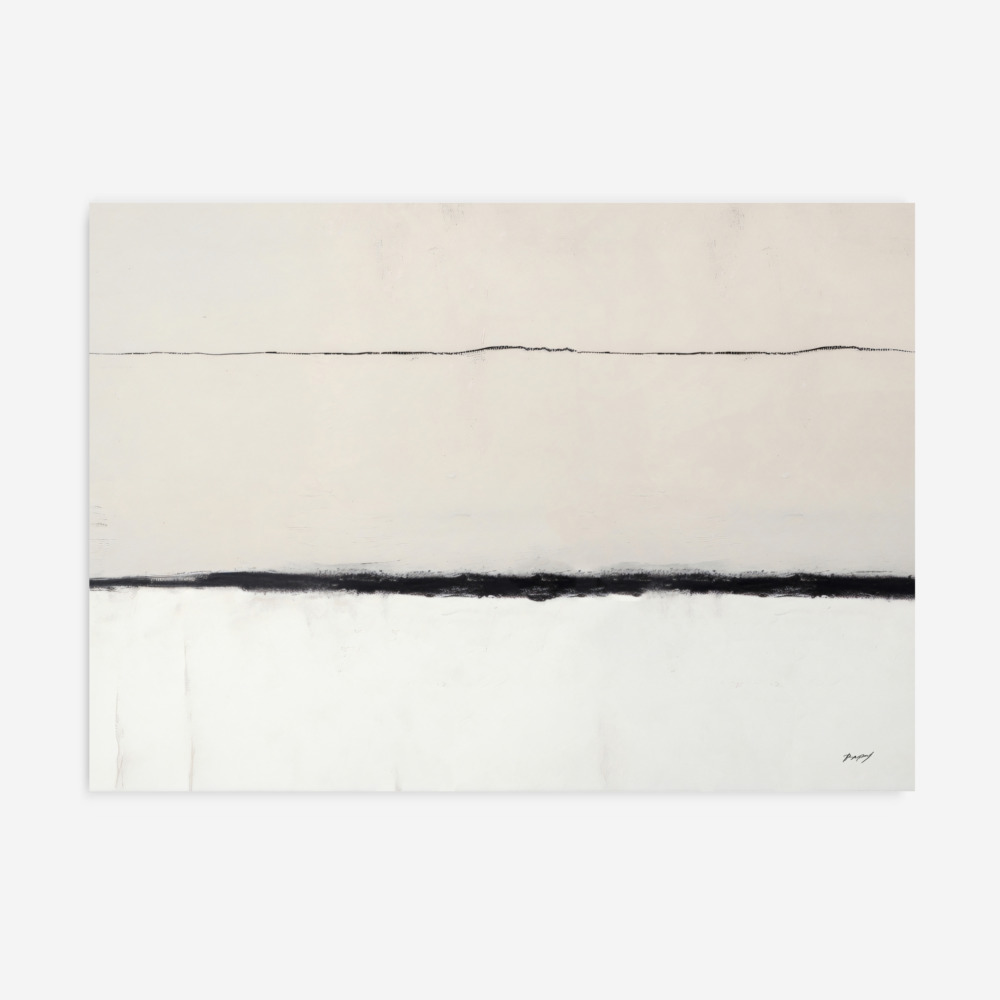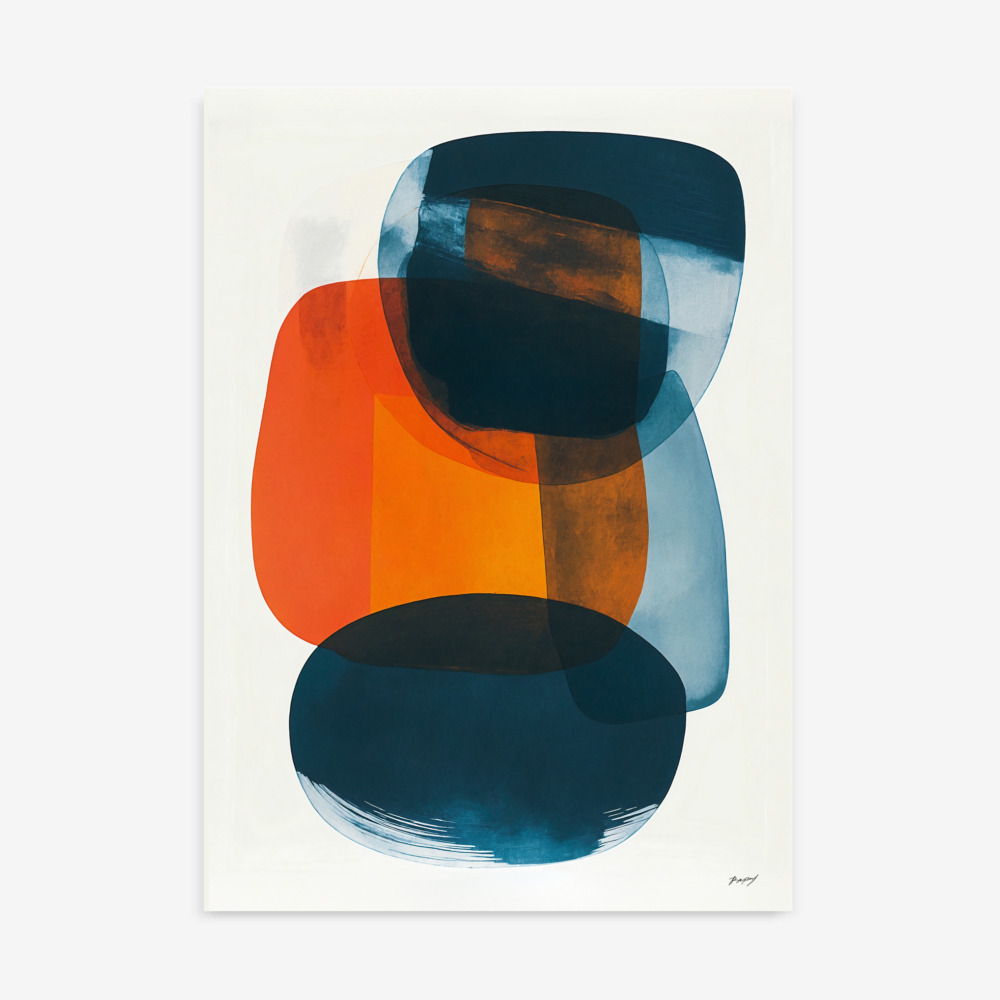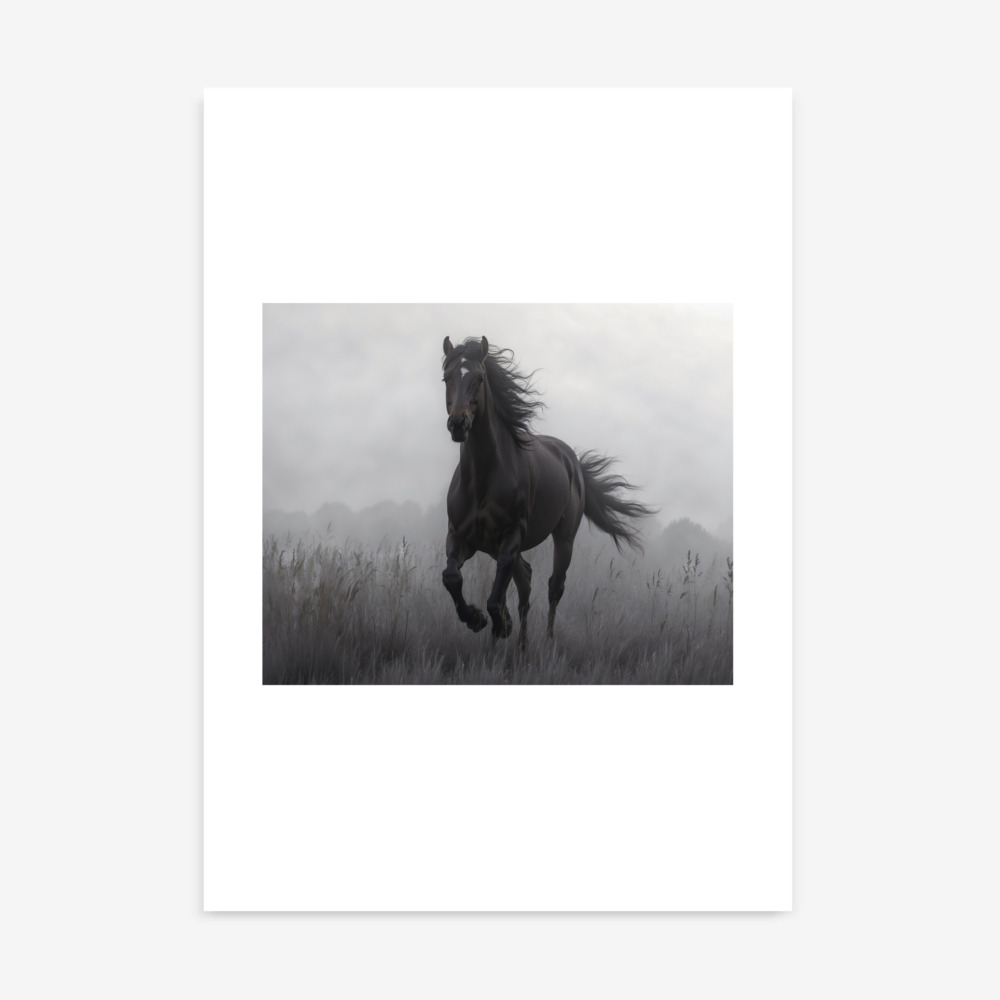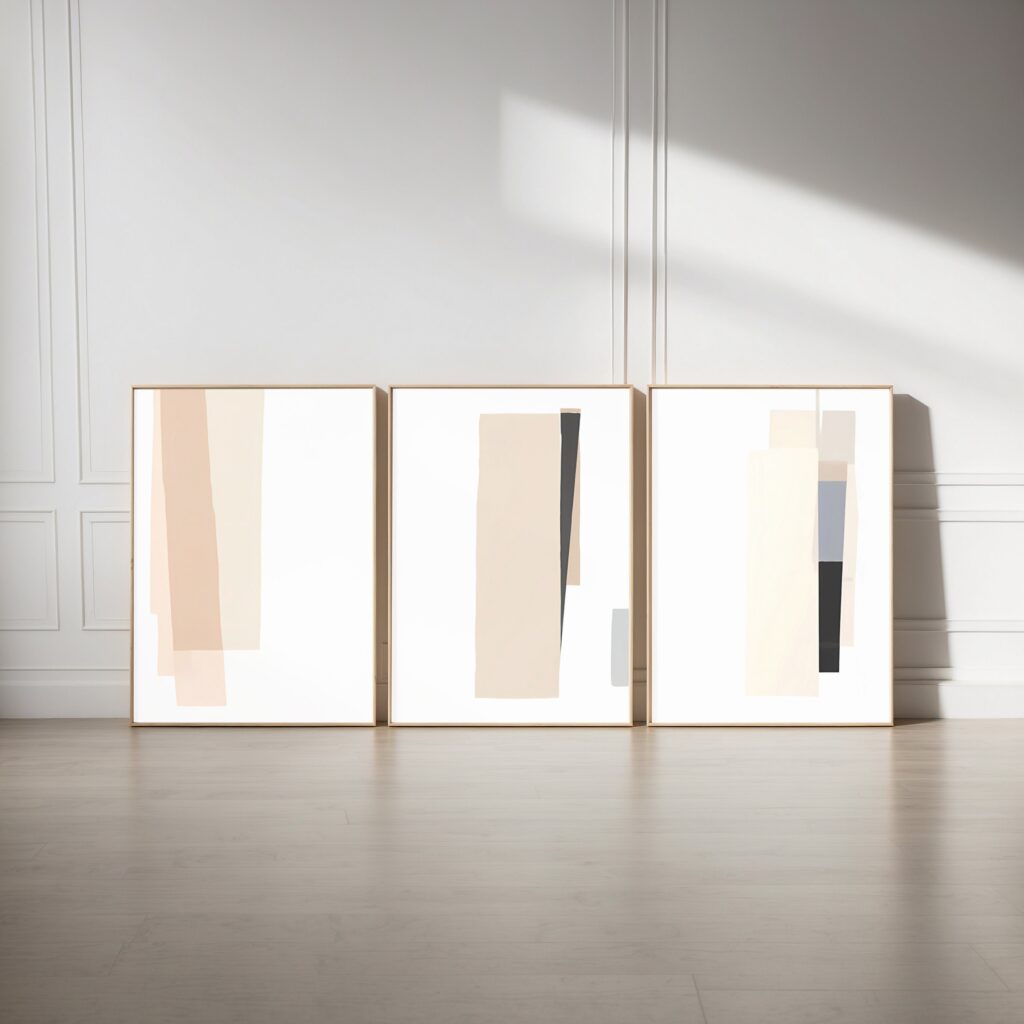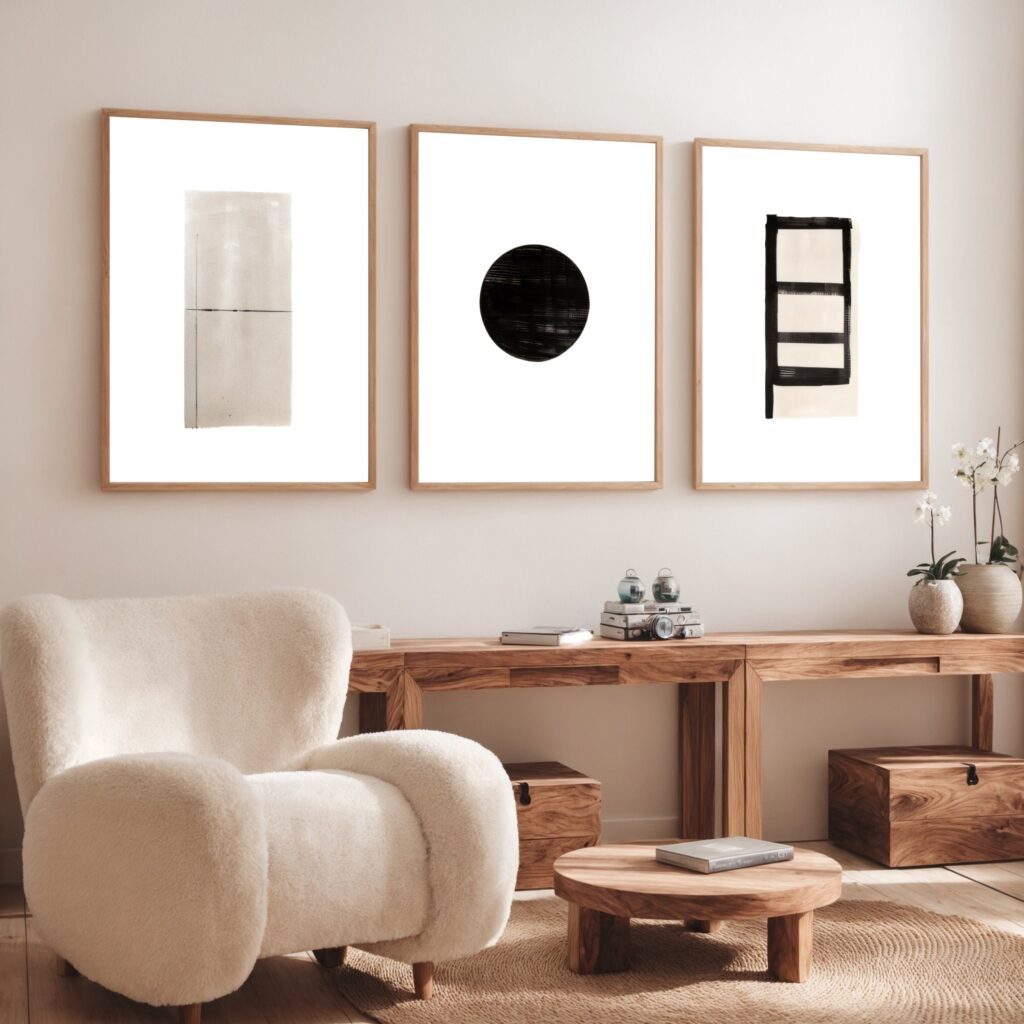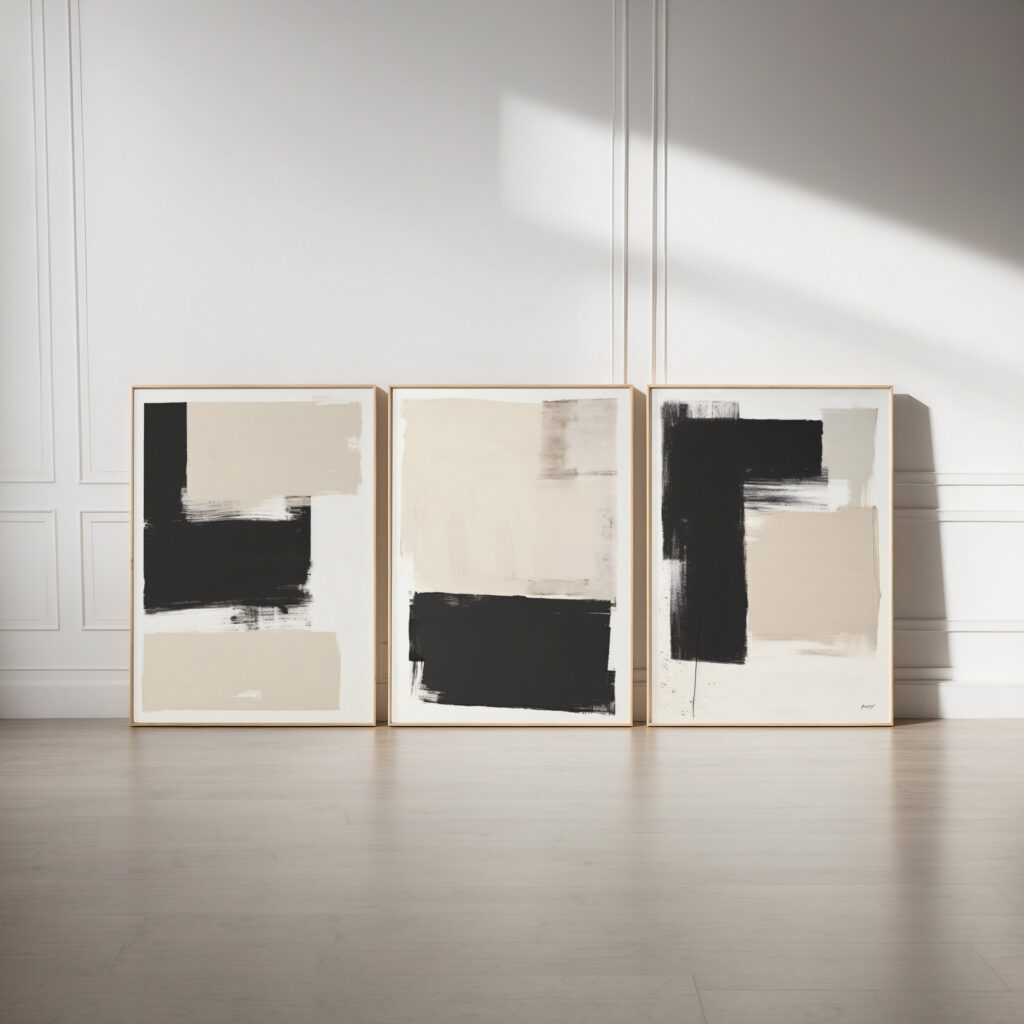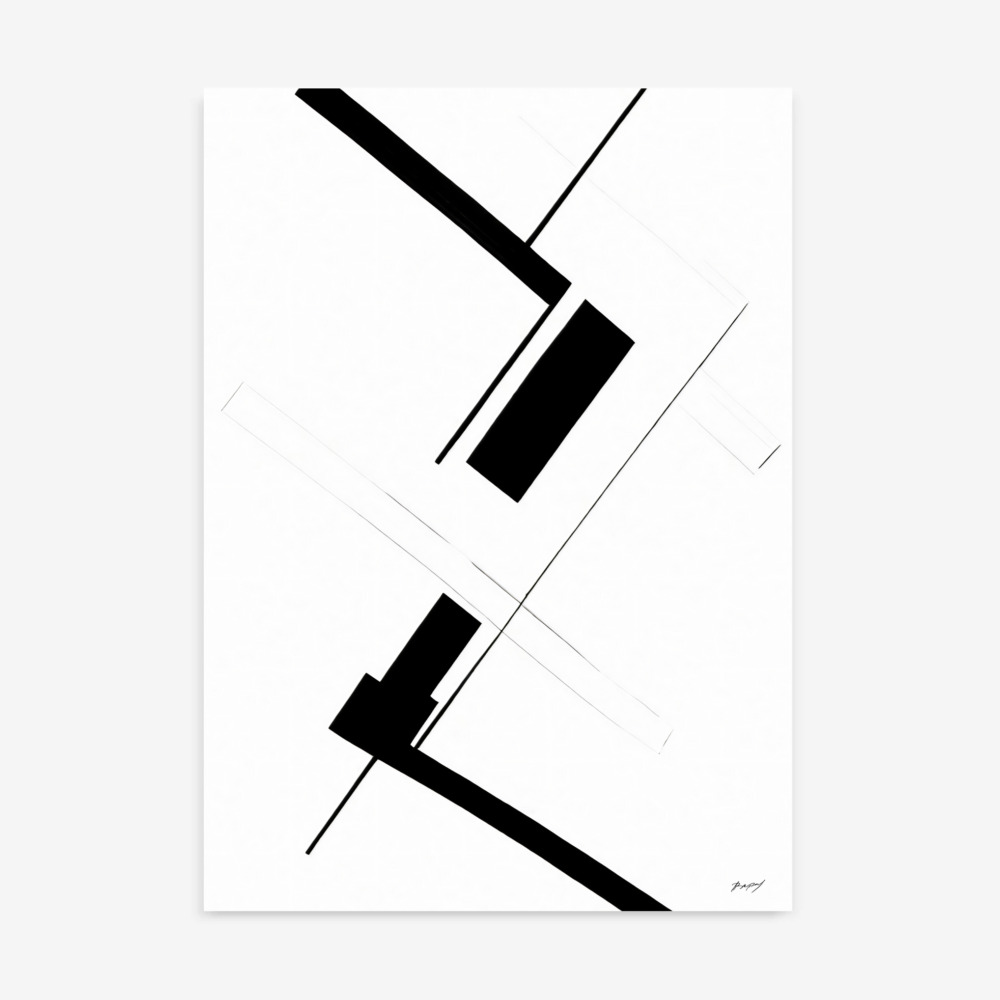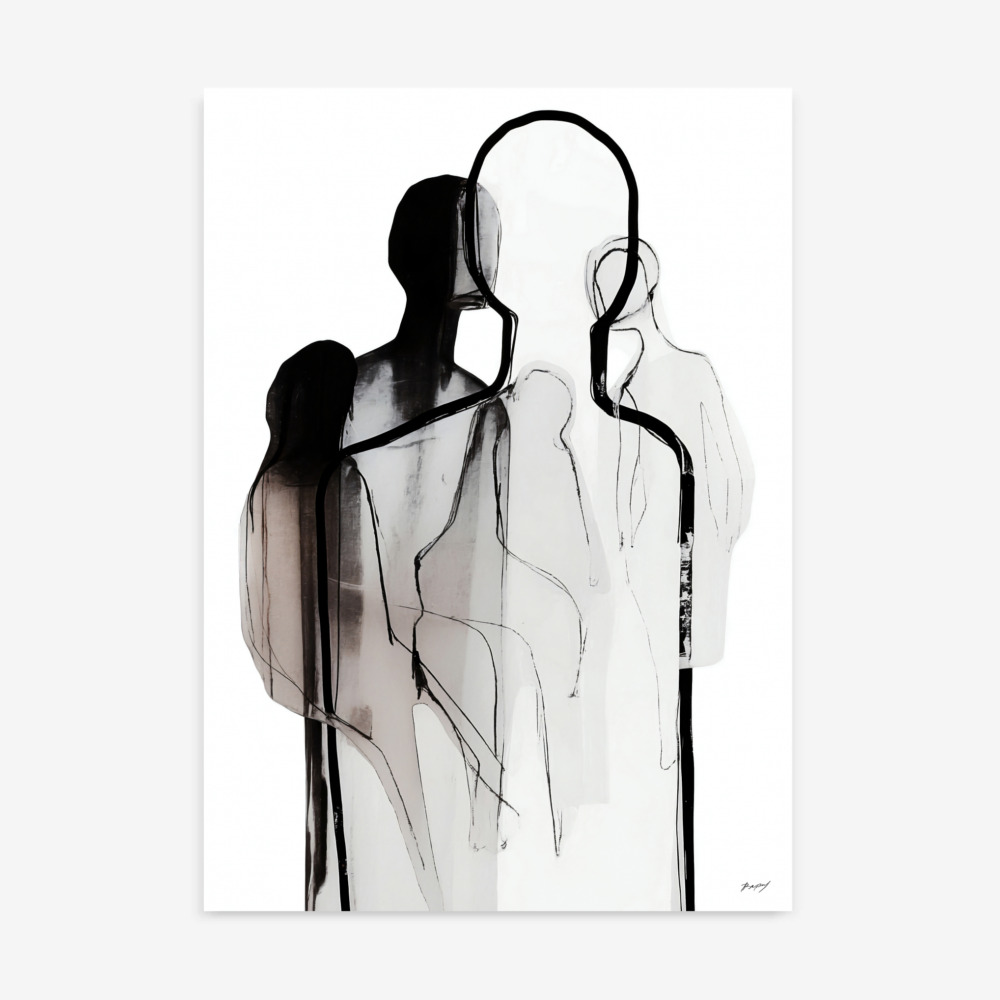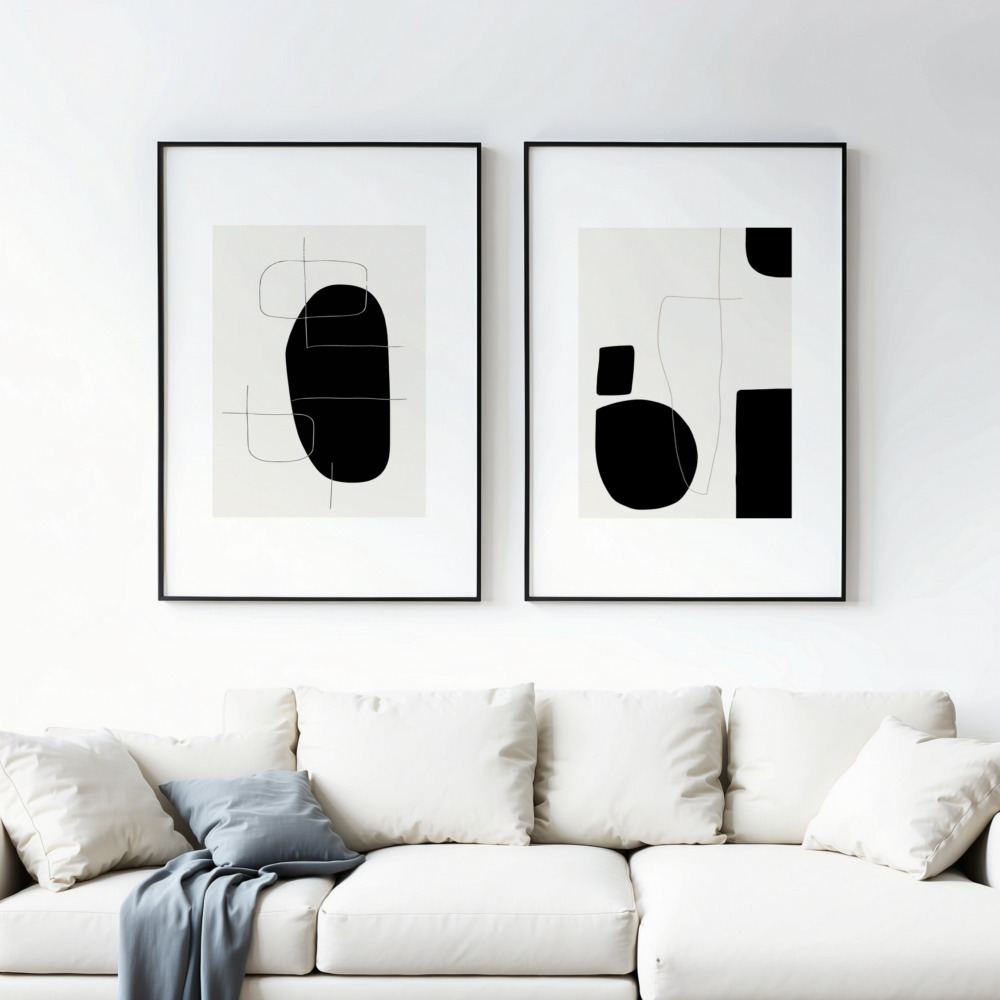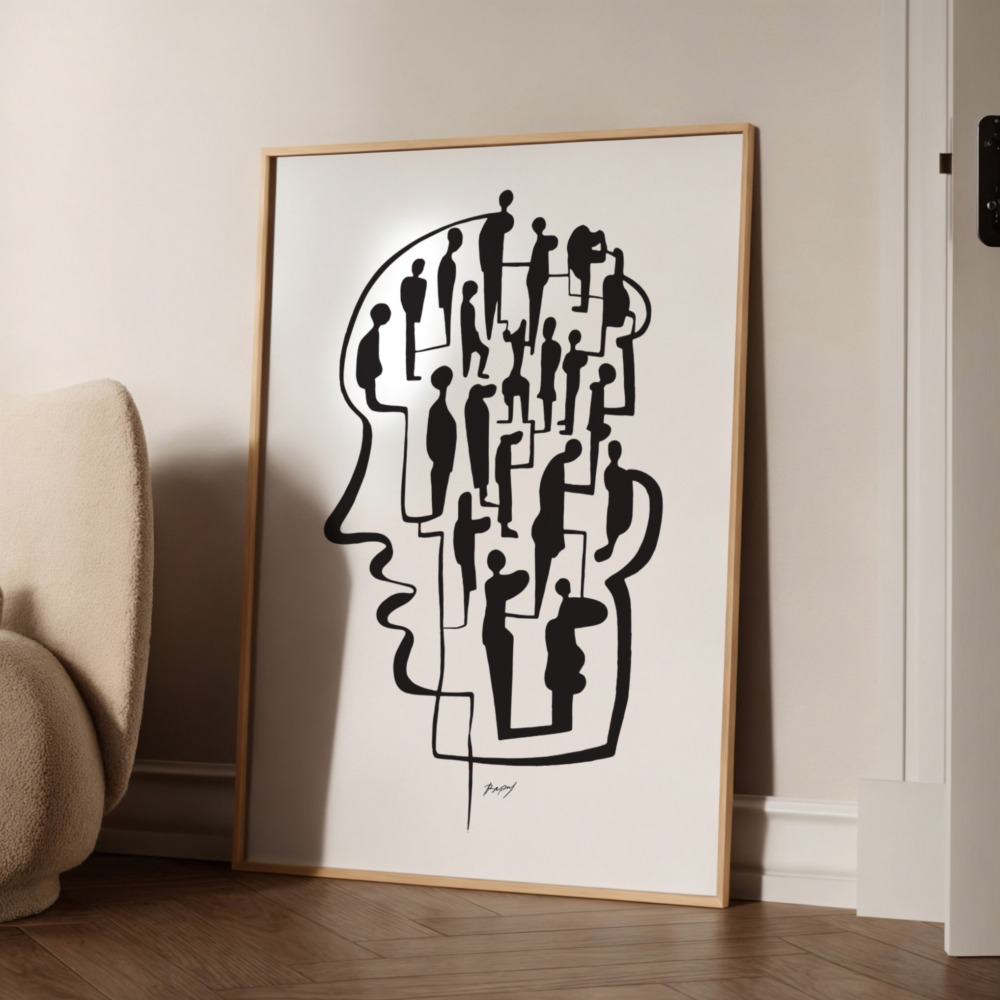Wall art holds a unique power – the ability to transform a room from a mere collection of furniture into a space that reflects your personality, passions, and memories. But with countless styles, sizes, and subjects to choose from, selecting the perfect
wall art prints can feel overwhelming. And the decision doesn’t stop there! You’re then faced with a crucial question: should you opt for canvas or paper? This choice can significantly impact the look, feel, and longevity of your chosen artwork.
This comprehensive guide will explore the age-old debate of canvas versus paper for wall art prints. We’ll delve into the pros and cons of each format, consider various artistic styles, and offer practical tips to help you make an informed decision that aligns with your unique aesthetic, budget, and long-term goals. Learn where to buy art prints online that matches your particular style, and is the right choice for your room.
Understanding Wall Art Prints: A Foundation
Before diving into the specifics of canvas versus paper, let’s establish a baseline understanding of wall art prints. A wall art print is a reproduction of an original artwork, photograph, or design, created using digital printing technology and intended for display on a wall. They offer a more accessible and affordable alternative to original artworks, making art ownership attainable for a wider audience.
The evolution of print technology has dramatically impacted the quality and affordability of wall art prints. Modern printing methods, such as giclée printing, utilize high-resolution printers and archival inks to produce prints with exceptional detail, color accuracy, and longevity. This has allowed more
affordable art prints to be produced. This technological advancement has also revolutionized the world of home décor, empowering individuals to curate personalized spaces that reflect their unique style and taste.
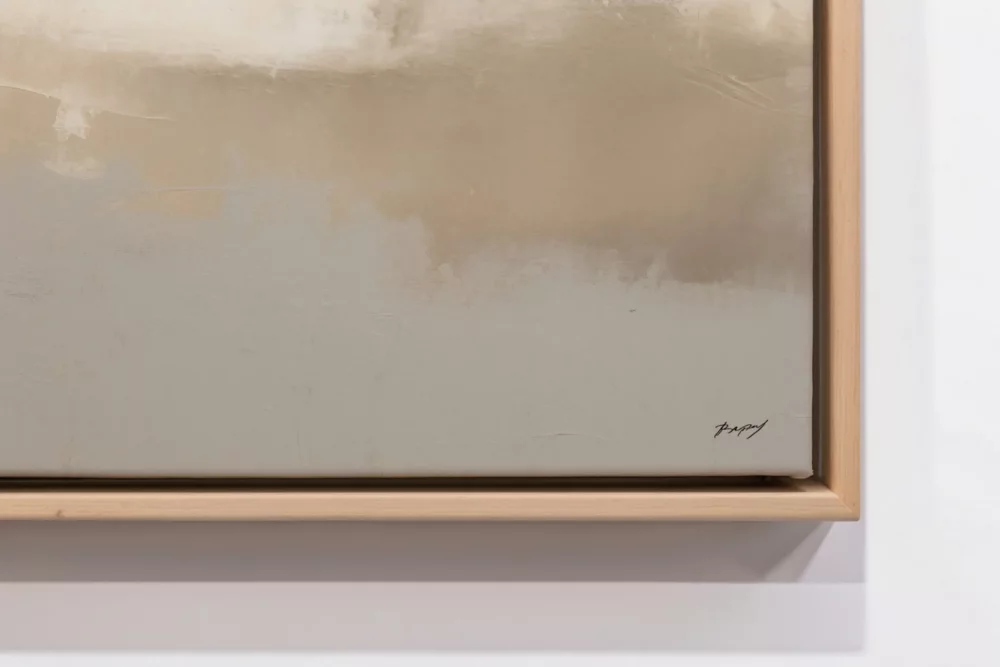
Canvas Prints: A Deep Dive
Canvas prints have become increasingly popular in recent years, offering a unique blend of texture, durability, and visual appeal. Let’s explore the key characteristics of this format:
What are Canvas Prints?
Material: Canvas prints are typically created using a cotton or polyester blend canvas material. The texture of the canvas adds depth and dimension to the artwork, creating a more tactile and visually engaging experience.
Printing Process: The ideal printing process for canvas prints is giclée printing, which utilizes high-resolution printers and archival inks to produce prints with exceptional detail, color accuracy, and longevity.
Gallery Wrap: A defining characteristic of many canvas prints is the “gallery wrap” technique, where the image extends around the sides of the stretcher frame, creating a seamless and frameless presentation.
Advantages of Canvas Prints:
Texture and Visual Appeal: The inherent texture of canvas adds a unique visual dimension to the artwork, creating a more tactile and engaging experience.
No Glare: Canvas does not reflect light like glass-covered paper prints, making it ideal for spaces with bright lighting.
Durability: Canvas is more resistant to tearing and damage than paper, making it a suitable choice for high-traffic areas or homes with children and pets.
Ready to Hang: Canvas prints are often stretched and wrapped around a wooden frame, making them ready to hang without the need for additional framing.
Larger Sizes: Canvas prints are often more readily available in larger sizes than paper prints, allowing you to create a more dramatic statement.
Disadvantages of Canvas Prints:
Image Detail: Fine details can sometimes be lost due to the texture of the canvas, making it less ideal for highly detailed artwork.
Color Accuracy: Colors might not be as vibrant or precise as on high-quality paper, potentially impacting the overall visual impact.
Cleaning: Cleaning canvas prints can be more challenging than cleaning paper prints behind glass, requiring specialized cleaning solutions and gentle techniques.
Cost: Canvas prints are generally more expensive than paper prints, although affordable art prints on canvas are becoming increasingly available.
Appropriate Styles for Canvas:
Abstract Art Prints: Abstract art prints often benefit from the texture of canvas, adding depth and dimension to the non-representational compositions.
Landscape Prints: Landscape prints with a slightly textured canvas can enhance the outdoor vibes, giving the painting a more authentic feel.
With all its ups and downs, its up to the artist to decide if Canvas is right for the application.
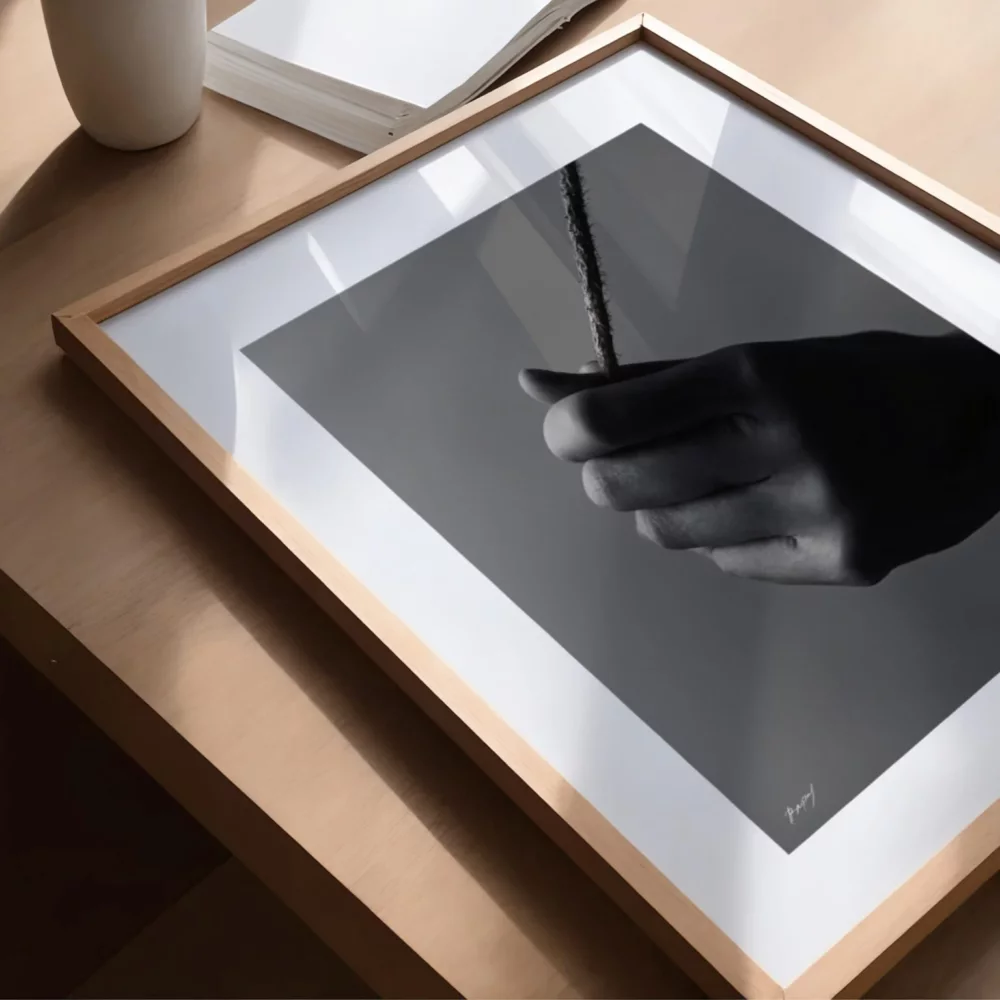
Paper Prints: A Closer Look
Paper prints have been a staple of art reproduction for centuries, offering a versatile and cost-effective way to showcase a wide range of artistic styles. Let’s delve into the key characteristics of this format:
What are Paper Prints?
Paper Types: A wide range of paper types are available for paper prints, each offering unique characteristics. Matte paper provides a non-reflective surface that minimizes glare, while glossy paper enhances color vibrancy and detail. Fine art paper, made from high-quality cotton or rag fibers, offers exceptional detail, color accuracy, and longevity.
Printing Methods: Common printing methods for paper prints include inkjet printing and giclée printing. Giclée printing is considered the gold standard, utilizing high-resolution printers and archival inks to produce prints with exceptional quality and longevity.
Framing and Protection: Paper prints typically require framing to protect them from damage and enhance their visual appeal. Framing options are vast and varied, allowing you to customize the presentation to suit your personal style.
Advantages of Paper Prints:
Image Detail: Paper, especially fine art paper, can capture intricate details with remarkable clarity, making it ideal for highly detailed artwork and photography.
Color Accuracy: Paper allows for a wider color gamut and more precise color reproduction, ensuring that the artwork’s colors are accurately represented.
Versatility: Paper prints can be framed in various styles to complement any décor, offering a high degree of customization and flexibility.
Affordability: Paper prints are generally less expensive than canvas prints, making them a budget-friendly option for art enthusiasts. This is the most likely way to buy affordable art prints.
Protection with Framing: Framing protects the paper prints from dust, moisture, and physical damage, extending their lifespan.
Easy Cleaning: The glass or acrylic covering of a framed paper print makes it easy to clean and maintain.
Disadvantages of Paper Prints:
Glare: The glass-covered frames can cause glare and reflections, potentially detracting from the viewing experience.
Fragility: Paper is easily torn, creased, or damaged, requiring careful handling and protection.
Need for Framing: The need for framing adds to the overall cost of paper prints, which can be a significant factor for budget-conscious buyers.
Susceptibility to Fading: Without proper UV protection, the colors in paper prints can fade over time, diminishing their vibrancy and visual appeal.
Appropriate Styles for Paper:
Detailed Line Art: Intricate line art benefits from the smooth surface of paper.
Photographs: Paper is excellent for capturing the sharpness and clarity of photographs.
Black and White Art Prints: The contrast and tones in black and white are well-represented by paper.
The use of paper allows the consumer to keep the look classic, and framed to match the overall interior design of their house.
Canvas vs. Paper: Head-to-Head Comparison
To summarize the key differences between canvas and paper prints, consider the following table:
| Texture |
Textured surface |
Smooth surface |
| Cost |
Generally more expensive |
Generally less expensive |
| Detail |
Can lose fine details |
Captures intricate details |
| Durability |
More resistant to tearing and damage |
More fragile and susceptible to damage |
| Glare |
No glare |
Glare from glass-covered frames |
| Framing |
Often ready to hang without a frame |
Requires framing, adding to the cost |
| Color Accuracy |
May not be as vibrant as on paper |
Can reproduce a wider range of colours |
In general:
- Choose canvas for a ready-to-hang, textured look that minimizes glare and provides added durability.
- Choose paper for maximizing detail, versatility in framing options, and cost-effectiveness, but be prepared to frame and protect the print.
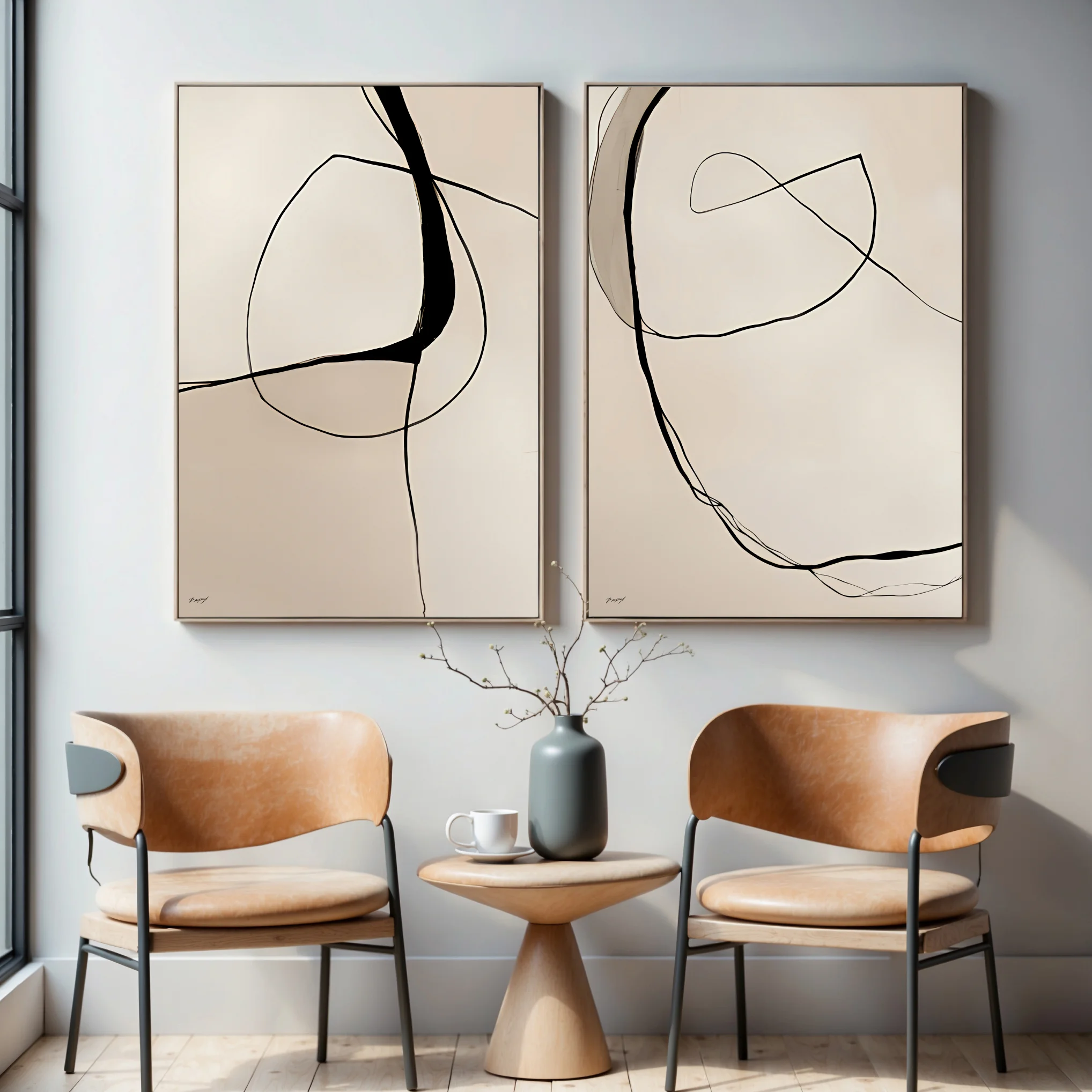
Choosing the Right Style for Each Format
While personal preference ultimately dictates the best choice, some artistic styles tend to lend themselves better to one format over another:
Abstract Art: Canvas can enhance the texture and hide minor printing imperfections, making it a good choice for Abstract Wall Art.
Photorealistic Images: High-quality paper is ideal for capturing the sharp detail and accurate colors of photorealistic images.
Black and White Photography: Paper with a matte finish can create a classic, gallery-like feel, while glossy paper can enhance the contrast and drama.
Black and white art prints are usually more effective on paper for greater contrast.
Bold and Colorful Designs: Canvas provides a vibrant and textured backdrop for bold and colorful designs, adding depth and visual interest.
When deciding the use of print, its about how best to showcase the colors and texture.
Framing and Presentation Tips
Framing is an essential element for paper prints, not only for protection but also for enhancing their visual appeal.
- Consider the overall style of your home decor when choosing a frame style. Minimalist frames work well with modern interiors, while ornate frames add a touch of elegance to traditional spaces.
- Matting can further enhance the artwork, creating a visual buffer between the print and the frame.
- Choose glass or acrylic that offers UV protection to prevent fading and discoloration. Non-glare glass can minimize reflections, allowing you to fully appreciate the artwork.
Canvas prints are often presented without frames, allowing the gallery-wrapped edges to take center stage. However, floating frames can add a touch of sophistication without.
In summary, the decision between canvas and paper wall art prints hinges on your individual preferences, budget, and the specific aesthetic you’re aiming to achieve. Canvas offers a textured, ready-to-hang option with inherent durability, while paper allows for greater detail, framing versatility, and cost-effectiveness. Careful consideration of these factors, along with the style of art you’re showcasing, will guide you towards the perfect choice for transforming your space.
Now, we invite you to explore our curated collection of wall art prints, where you can discover stunning designs available on both premium canvas and museum-quality paper! Whether you’re seeking the tactile beauty of canvas or the unparalleled detail of fine art paper, we have the perfect piece to elevate your home décor. Browse our selection today and find the wall art print that speaks to your soul!

